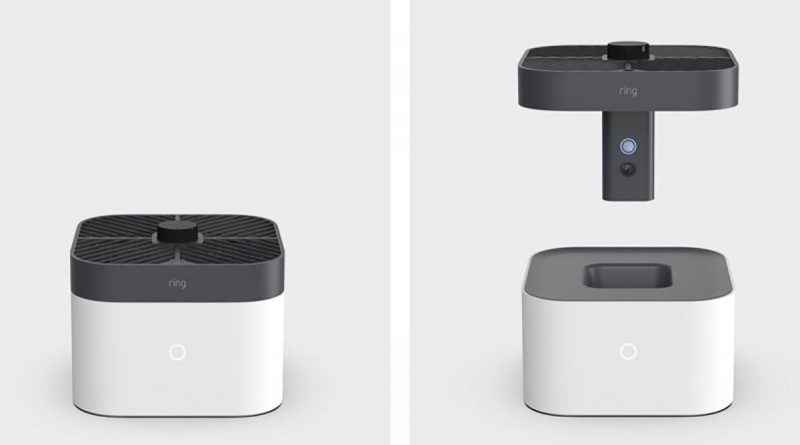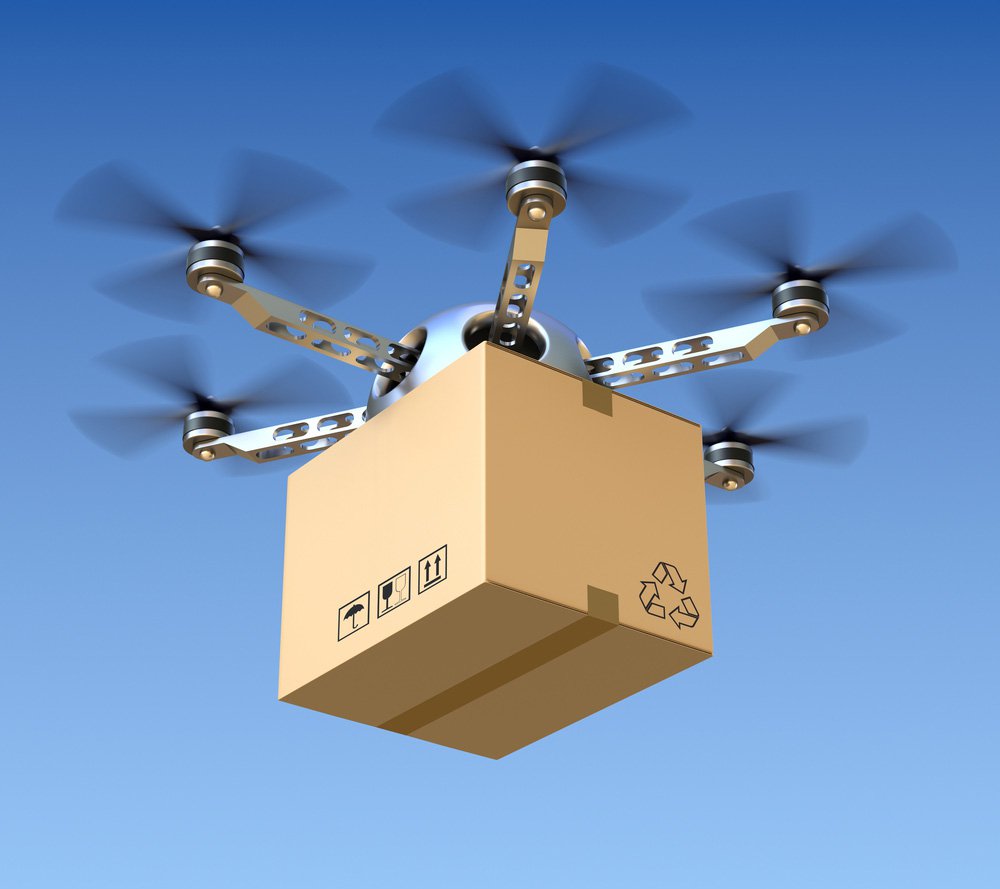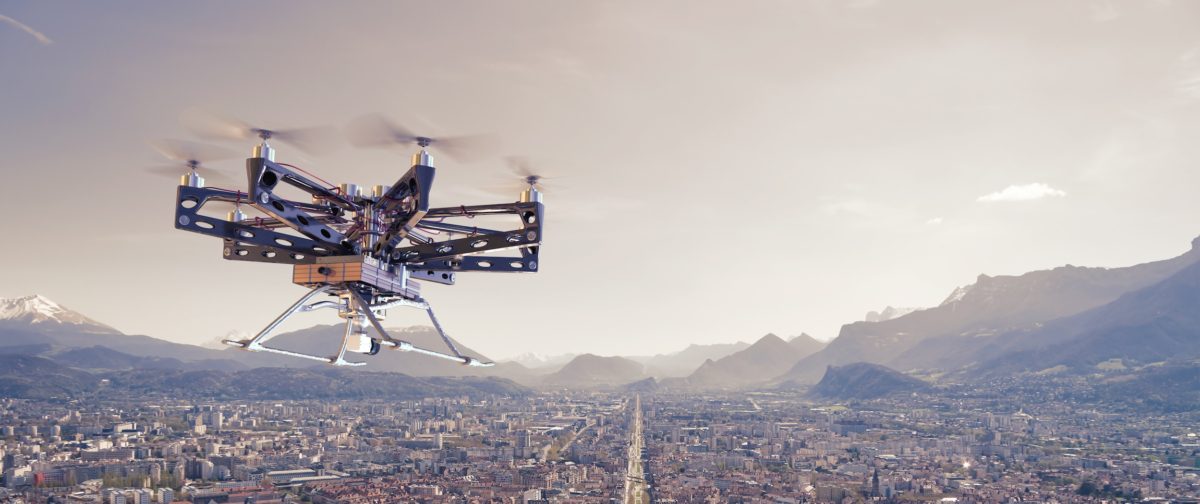Last week, Ring, a company owned by Amazon, unveiled its Always Home Cam, an indoor drone that flies around your house to boost security. This next-level device is a new addition to the highly popular product line Ring has penetrated the market with. The company, founded in 2013, made its way up to a near-monopoly position in the video doorbell market before being acquired by Amazon in 2018 for over a billion USD. The Ring Video Doorbell, the firm’s flagship product, is a highly advanced camera system with a motion sensor that is connected to an app, so homeowners can communicate with people at their door without being physically present. While also functioning as home security, this device is set to be one of the companies revenue collectors in a market expected to grow from $500 million to $1.4 billion in 2023. Next to doorbells, Ring offers lots of other home security devices, including surveillance cameras for inside and outside, cameras with LED lights, alarms, and an app that integrates all devices.
The Always Home Cam is set to become the first day-to-day flying object in people’s homes. It targets customers that want to cover more than one room with a single camera setup and it can be used to scare away intruders and even to check if you left something at your house. This is one of Amazon’s new smart home appliances to add to your collection, next to your smart thermostat, your smart lighting, or smart speaker. Big tech companies are competing to get as much of their devices into your home, so they can gather more data about you and your day-to-day life. After the announcement of the Always Home Cam, a lot of concerns were raised about privacy issues. It seems a bit weird to secure your home, while, at the same time, a company with a history of privacy issues has the ability to fly around your house recording all your personal belongings.
For the ones that are afraid of these privacy side effects, Ring gives you the ability to restrict the drone to only enter certain rooms. An even better way to prevent privacy issues is to just not buy this product. In my case, I wouldn’t buy this product, although it’s very futuristic and next-level cool. This is more because I simply don’t think I need one. Other smart home appliances are more appealing, like a smart speaker and smart lighting. When I’m ready to buy my first house, a Ring Video Doorbell would be high on my list as well.
My question to you is: How smart is your home, and how smart do you ideally want your home to be? Are you concerned about your privacy when deciding to implement smart devices into your daily life?
When you haven’t seen the Always Home Cam: https://www.youtube.com/watch?v=i2jFN_QEcS4
References:
https://www.ft.com/content/8eaf8ee5-b074-4d48-b4fa-15d35a185a5d
https://nl-nl.ring.com/collections
https://www.dezeen.com/2020/09/30/amazon-ring-always-home-cam-drone-security-camera/
https://www.forbes.com/sites/susanadams/2018/02/27/amazon-is-buying-ring-the-pioneer-of-the-video-doorbell-for-1-billion/#74b14ac6706c
https://www.futuremarketinsights.com/reports/video-doorbell-market
https://en.wikipedia.org/wiki/Ring_(company)



